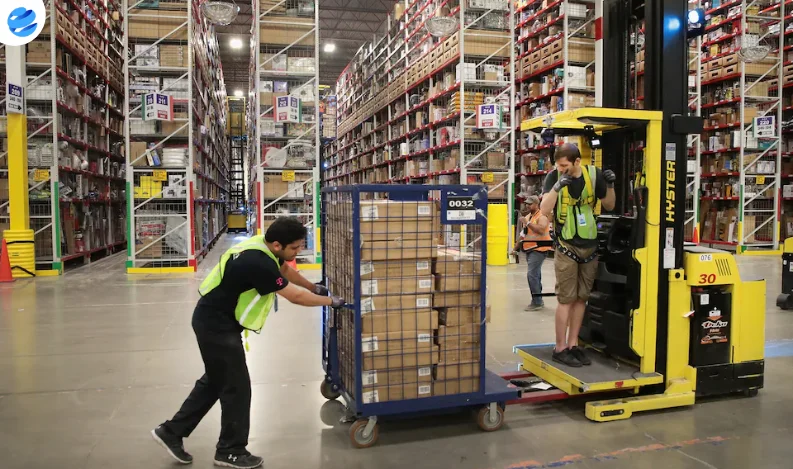The U.S. labor market posted stronger-than-expected job growth in April, defying a turbulent economic backdrop marked by sweeping new tariffs and growing market volatility. According to the Labor Department, employers added 177,000 jobs last month while the unemployment rate held steady at 4.2%—a sign of continued resilience in the face of mounting trade pressures.
The robust hiring data, released just weeks after President Donald Trump’s controversial "Liberation Day" tariff policy announcement, has lifted hopes that the U.S. economy could avoid a steep downturn.
Jobs Climb Amid Market Jitters
Economists had forecast a weaker jobs report, citing recent financial market chaos, rising costs, and shifting trade policies as likely headwinds. However, the April data suggests that key sectors—including healthcare, transportation, and warehousing—continued to expand despite the uncertainty.
Notably, federal government employment declined, aligning with President Trump’s stated push to cut federal spending. But local government jobs increased, helping to balance public sector payrolls. Meanwhile, manufacturing and retail employment dipped, indicating early signs of stress from import tax hikes.
Wages Rise, Fed Holds Its Ground
The report also showed that average hourly earnings rose by 3.8% over the past year, signaling sustained wage growth as employers compete for talent. But with inflation still running above the Federal Reserve’s 2% target, market watchers say the central bank has little incentive to cut interest rates in the short term.
“Why would the Fed start cutting rates right now when the unemployment rate is near record lows, the consumer is still fairly robust, and inflation is running above target?” said Seema Shah, Chief Global Strategist at Principal Asset Management.
Long-Term Outlook: Resilient but Uncertain
While the labor market’s strength is encouraging, analysts caution that the economic effects of Trump’s sweeping tariff regime are not yet fully visible.
“The key message coming from the totality of the data this week is that the U.S. economy was fundamentally strong through the first week of April. However, the outlook remains very uncertain,” said Olu Sonola, Head of U.S. Economic Research at Fitch Ratings.
The April jobs survey was conducted less than two weeks after the White House announced the new tariffs, which now place U.S. import taxes at their highest levels in over a century. The rapid policy shifts have left businesses wary, with many holding off on major hiring or investment decisions until greater clarity emerges.
Sector Highlights
-
Healthcare, transportation, and warehousing: Leading job creators in April.
-
Federal government: Declined as Trump pursues budget cuts.
-
Manufacturing and retail: Experienced modest payroll contractions.
-
Average hourly earnings: Increased 3.8% year-over-year.
Tariffs Continue to Cast a Shadow
Trump’s tariff policy, unveiled as part of a nationalist push to realign global trade, has prompted backlash from various industries, including footwear, electronics, and manufacturing. With import duties now significantly elevated—especially on Chinese goods—many economists expect price increases and supply chain disruptions in the months ahead.
While Trump has framed the move as a tool to revive domestic manufacturing, business leaders argue it introduces uncertainty that stifles investment and complicates long-term planning.























